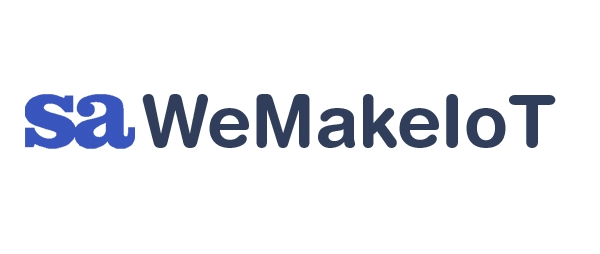- Full Hotspots – These Hotspots maintain a full copy of the HNT blockchain, participate in Proof of Coverage rewards, and get rewarded for forwarding Data Packets.
- Light Hotspots – These Hotspots use Validators to get information about the HNT blockchain, participate in Proof of Coverage rewards, and get rewarded for forwarding Data Packets.
- Data only Hotspots – These Hotspots use Validators to get information about the HNT blockchain, and get rewarded for forwarding Data Packets
https://www.wemakeiot.com/lorawan-a-promising-technology-for-iot/
We do not see much coverage in our locality (Green indicates covered area). This would mean we have to install our own hotspots
The Helium Wallet App is required to create an account in the Helium blockchain network. We are required to install apps from the hotspot manufacturers to manage hotspots. These Apps will be linked to the Helium Wallet app so it can sign any transactions by the hotspot management app. Transactions would mean adding a new hotspot, asserting location, etc.
We will need an account in a crypto exchange like Binance to buy the initial HNT needed to onboard a hotspot. We will have to transfer this HNT to the address of our wallet. Only after adding to blockchain can a hotspot participate in earning HNT.
Fee to add a full hotspot is 400000 DC (40$).
Fee to assert location is 100000 DC (10$).
Recently Helium introduced Data only hotspots – this allows us to use any LoRaWAN gateway as a helium data only hotspot. Data-only hotspots can be onboarded only by the helium wallet CLI (Command Line Interface) tool and can only earn reward for forwarding packets.
As an IoT solutions company, our main focus is to get IoT data from LoRaWAN devices into backend systems for visualisation, reporting and analytics. As long as we have enough coverage, we can get data from the devices.
Helium Console is the place where we manage LoRaWAN devices. As typical in any LoRaWAN server, we have to provide the DEVEUI and appropriate keys based on whether we use OTAA/ABP.
A device page will have:
- Key details
- Statistics
- Integrations
- Real time data transfer chart and table
We can add integrations into various other applications using integrations tab in menu
- MQTT
- HTTP
- myDevices
- AWS IoT
- Azure IoT
We can add functions using the functions tab in the menu. Functions are used for decoding data where custom JS code can be provided. This decoded data will appear in the decoded payload section of the event data forwarded to integration.
We can join integrations, functions and devices using flows.
The data from the device can be integrated into various backends including our Sensorvision platform.



